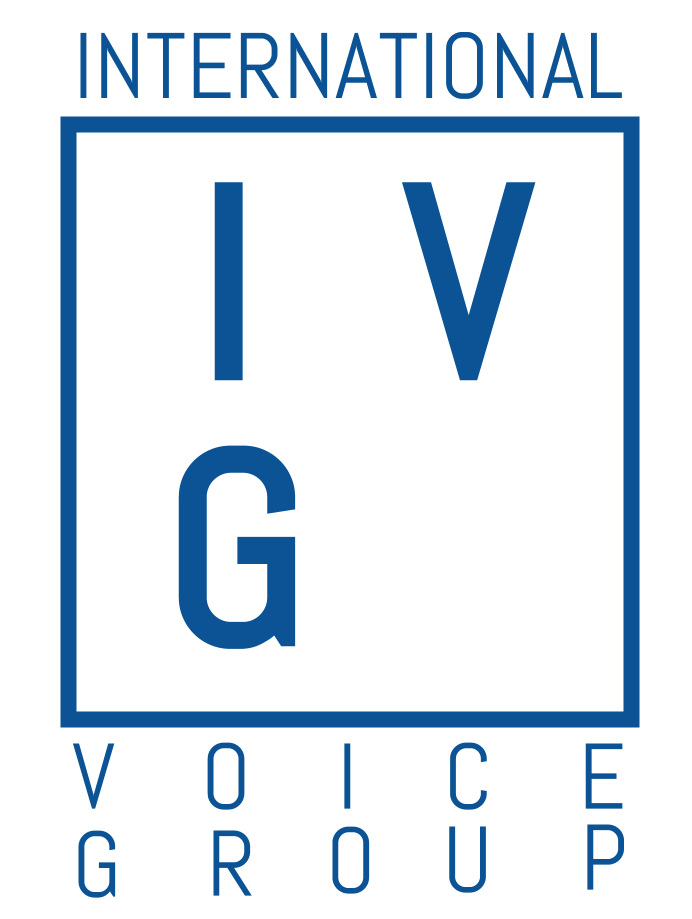Yes!
Every day we encounter voice over talent with varying technical and computing abilities. As long as you can competently browse the internet, we reckon you can record an audition from home.
Software
There's various free software out there, we recommend:
These are both fairly intuitive programs to use for recording but if you're struggling we have a recording guide here.
Microphone
The next thing you'll need is a fairly decent microphone. We also have a microphone buying guide here. Essentially your mic options vary hugely in shape, size, brand, price and sound so it can be a scary world out there if you've never bought a microphone before.
Headphones
You can use any headphones really but they are important so that you can hear yourself and so that the microphone doesn't feedback. This means that when the mic is on and the speakers are on, the sound that the mic picks up plays out the speakers and goes back into the mic round and around forever. It creates a horrible squeal known as feedback. Bottom line: use headphones!
Computer
We think it's a given these days that everyone will have a computer in the form of a desktop, Mac or laptop. Generally computers that were bought in the last 5 years will be good enough to record audio (assuming your hard drive isn't completely full). Most recording software will have both Windows and Mac download options so there's no excuses for not recording at home!!
You big softy!
Soft furnishings! We can't express that enough when it comes to where you are recording. This is the most important step of home recording. You could have the best microphone, mixing desk, and computer in the world and if you recorded in your echoey bathroom the recording would sound horrendous! We recommend going into the bedroom and even in your clothes closet. Putting the microphone in between hangers of clothes talking towards the closet actually proves to be a pretty pro sounding recording. If you can set up a light in there and drape a duvet or blanket behind you, even better!
So although there's a lot to consider with recording from home, it's probably not as big of a deal as you thought. We're here to help and want the best sounding auditions from our talent so if you have any more questions please contact us.







